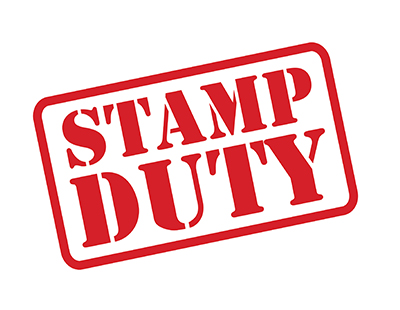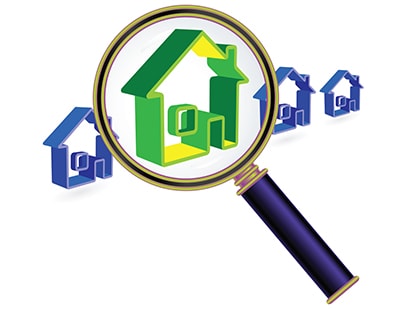A leading estate agency says the government may have to use stamp duty and council tax as incentives to persuade owners to make their homes more energy efficient.
The suggestion comes from Savills, which says that current government funding is unlikely to be sufficient to transform the housing stock’s energy efficiency to the scale demanded by Net Zero targets.
For example, Savills says one likely measure to be taken by government is persuading mortgage lenders to positively discriminate in favour of borrowers seeking to buy more energy efficient properties.
However, the agency warns many existing currently-owned homes would not change hands - and this is where stamp duty and council tax incentives may be required.
Lucian Cook, head of residential research at the agency, says: “More than 10 million homes are owned outright – increasing by 1.6 million in just the past 10 years. These homes are typically older, less energy-efficient and change hands infrequently. This may mean discounts and surcharges on property-specific taxes such as stamp duty and council tax have to be considered by policymakers.
“These have the potential to increase the ‘green premium’ and ‘brown discount’ of housing, providing a greater incentive for owners to invest in energy efficiency improvements. However, they are likely to be highly politically sensitive, requiring, among other things, concessions for heritage properties.”
Savills estimates that £330 billion is needed to implement all energy efficiency improvements to the UK housing sector to meet the government target of EPC level C by 2035.
That's far more than the sum provided through government funding - hence the suggestion that more radical measures may be needed.
The £330 billion figure is based on EPC certificate recommendations, covering interventions such as loft and cavity wall insulation, double glazing and replacing gas boilers, as well as small steps using low energy light bulbs and draught proofing.
Between 2004 and 2017 CO2 emissions from residential property fell by 26 per cent but they have risen again by nine per cent between 2014 and 2020 according to government data.
As a result, the UK’s residential housing sector was responsible for emitting 67.7 metric tonnes of carbon dioxide equivalent in 2020, which is over one-fifth of all UK CO2 emissions.
The vast majority - some 70 per cent - of this comes from heating properties, the bulk of the issue lies with older homes that present the greatest challenge.
Around 30 per cent of homes in England and Wales built pre-war still carry an EPC rating of E or below, increasing to 47 per cent for those built pre-1900, according to Savills research. The payback on many energy improvements on these properties remains unattractive, even if grant can be accessed to underwrite some of the cost.
The estimated cost of upgrading a home with an EPC D rating is £6,472 – but with an average annual cost saving of £179, it will take 36 years to pay back the initial investment according to the English Housing Survey. As a result, for the majority of homeowners, the impact that upgrading a home’s EPC rating will have on its value is limited.
At a national level, there’s just a £9,840 difference between an average home with an EPC C to E rating based on Savills analysis. Though this increases to £47,605 when comparing EPC B to F, the opportunities to make such a large change are far rarer.













.png)


.png)




Join the conversation
Be the first to comment (please use the comment box below)
Please login to comment